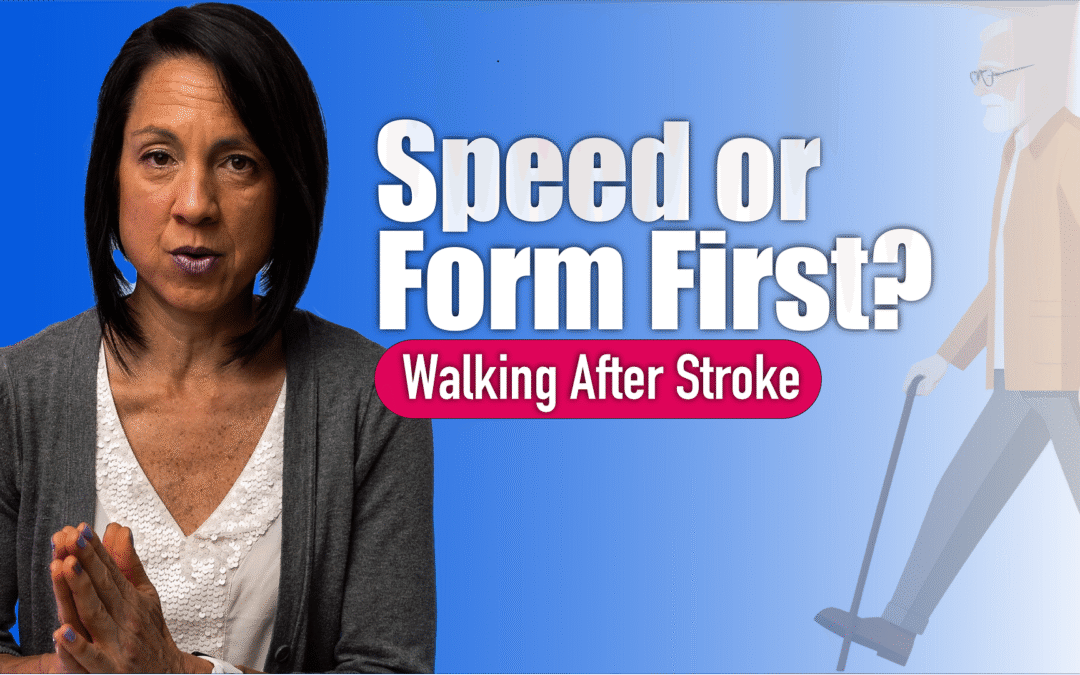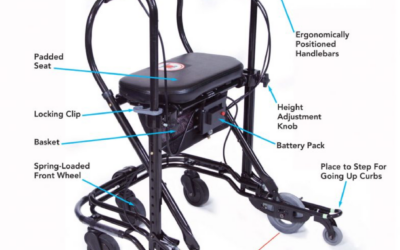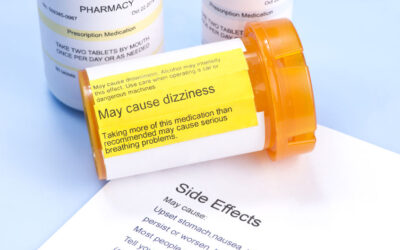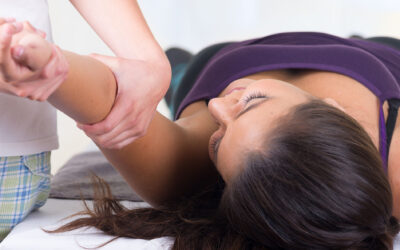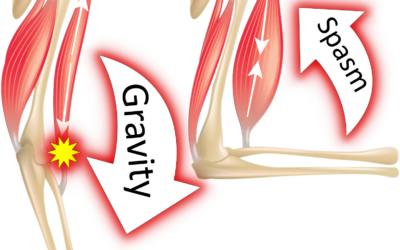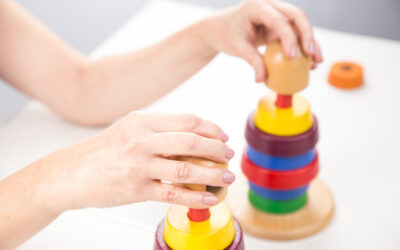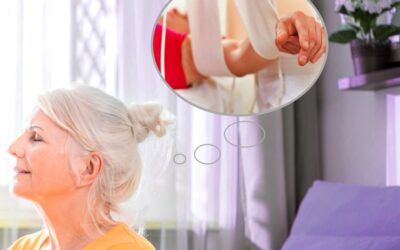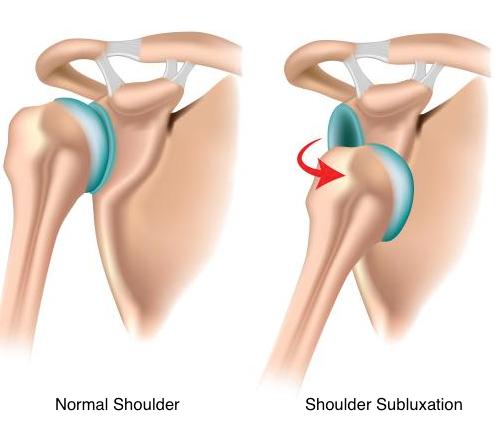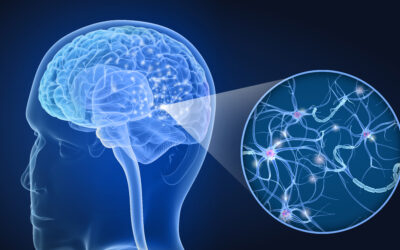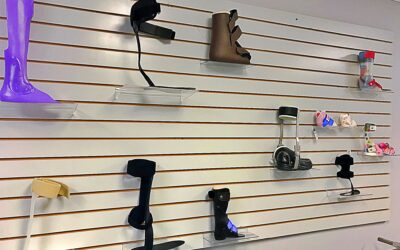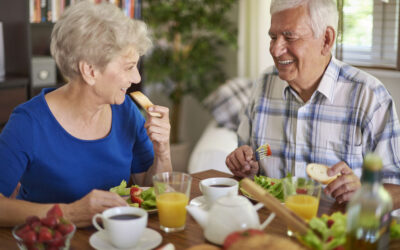The Real Impact of Neuro Rehab on Recovery
Recovering after a stroke often involves long hours of rehabilitation. Neuro rehab programs are designed to retrain the brain and body, helping survivors regain independence. Understanding the difference can help you make the most of your therapy and stay motivated on your rehabilitation journey.
What is Compensation?
This is about finding ways to get things done, even if the movement isn’t perfect. The focus is on speed and independence, using your stronger, unaffected side to assist with daily activities. For example, reaching for a cup quickly, even if your arm swings awkwardly.
Walking Focus: Therapists who emphasize compensation prioritize walking faster and longer, even if your movement isn’t ideal. The goal is function and independence, not perfect form.
Think of compensation as a way to keep moving forward safely, allowing you to perform tasks and participate in daily life without relying entirely on your affected side.
What is Facilitation?
This emphasizes performing movements correctly and efficiently, even if it takes longer. The goal is to retrain the brain and body in a healthy, sustainable way, reducing the risk of compensation or long-term pain. For example, lifting that cup with proper shoulder alignment and controlled movement.
Walking Focus: Therapists using facilitation may slow you down or reduce walking distance temporarily to focus on correct leg movement, posture, and coordination.
Facilitation is all about long-term improvement, preventing compensatory habits that could cause pain or imbalance later on.
When Neuro Rehab May Hurt Instead of Help
Unfortunately, not all neuro rehab programs are equal. Sometimes, therapy may unintentionally hold recovery back.
Common issues include:
-
Outdated methods: Some programs still rely on passive movements or techniques that don’t promote real neuroplasticity.
-
Overuse and pain: Pushing too hard or too soon can lead to shoulder pain, fatigue, or frustration.
-
One-size-fits-all approach: Recovery varies widely, and therapy that isn’t individualized may waste time or stall progress.
-
Neglect of emotional needs: Focusing only on the physical side while ignoring depression, anxiety, or motivation can slow healing.
Which Approach Should You Focus On?
The right approach depends on:
-
How long it has been since your stroke
-
The severity of your stroke and which parts of your body were affected
-
Your personal goals and daily life needs
Early Recovery 0-18 months: Facilitation is often more effective in the first months after a stroke, when the brain is most adaptable. Retraining movement patterns early can prevent long-term compensations that may be harder to correct later.
Later Recovery +18 months: Compensation may become more important if your main goal is independence and safety in daily life, especially when full recovery of the affected side is limited.
The most effective neuro rehab programs balance these two: starting with careful, high-quality movements, then gradually increasing speed and functional independence as the brain adapts.
The Bottom Line
Neuro rehab can be life-changing, but only when it’s done right. The best programs are personalized, evidence-based, and focused on both physical and emotional recovery. Balancing speed/function with form/quality ensures you regain independence safely and sustainably. If your therapy feels like it’s holding you back, it may be time to re-examine your options and explore approaches that truly support healing.
Neuro rehab should help you move forward, not leave you stuck. Ask the hard questions, demand individualized care, and remember: progress is possible.
Articles you may be interested in
Product Spotlight: #1 Walker for Parkinson’s Disease
What is the best walker for Parkinson's disease (PD)? Maybe you are not there yet. Maybe you are hesitant to even approach the idea of a walker. Well, I have you covered. After nearly 20 years of working with people living with PD, I know how you might be feeling. The...
When to start Parkinson’s disease medication?
Due to the neurodegenerative nature of Parkinson's disease, there is no cure. While many medications claim to "treat" the disease, none actually reverse the effects of the disease. Parkinson's Disease Medication The main family of drugs useful for treating the motor...
Best Method for Stretching Spastic Muscles
Stretching spastic muscles is critical after a stroke. Spasticity is a movement disorder that causes an involuntary muscle contraction in response to lengthening. This occurs if there has been damage to the brain or spinal cord. This can make movement retraining and...
What is spasticity?
Spasticity is an involuntary muscle contraction caused by a hyperexcitability of the reflex arc that occurs due to damage to the brain or the spinal cord. Huh?? Yeah, agreed. Ok, I get it, keep it simple. Did you ever wonder why your leg seems to spaz out for no...
Does Mirror Therapy Improve Arm Function?
Mirror therapy (MT) is one of several effective treatments used to regain arm movement after a stroke. Mirror Therapy Background MT was originally designed to treat phantom limb pain with amputees. The way it worked was that it gave the person the sensation that they...
Mental Practice Helps Movement Recovery after a Stroke
Mental practice is a way of relearning movement (motor functions) by creating an image in your mind of the body performing that movement without the body actually moving. This method of enhancing performance and/or improving a motor skill has been used for decades in...
The Best Treatment for Shoulder Subluxation
A shoulder subluxation is a result of severe shoulder instability after a stroke. This can cause pain and have a negative impact on regaining active shoulder movement. What is a stroke shoulder subluxation? A shoulder subluxation is when the arm bone (humerus)...
What is Neuroplasticity?
Neuroplasticity is the brain's ability to form new connections (rewire) after a brain injury or a stroke. Recovery of motor (movement) function after a stroke involves relearning motor skills using this idea of neuroplasticity. Furthermore, this idea of brain...
Best Foot Drop Braces
Drop foot is when the muscles that lift the foot are not working properly. Hence, leading to the name, drop foot or foot drop. Needless, to say this can lead to difficulty walking. When I think of someone who has drop foot, my number one concern is the risk of...
Best Tools for Eating after Stroke
Being able to eat and prepare food without help after a stroke can help someone both physically and mentally. That being said, this might be challenging if you only have full use of one hand. Here are my top four picks that might help someone to start the process of...

